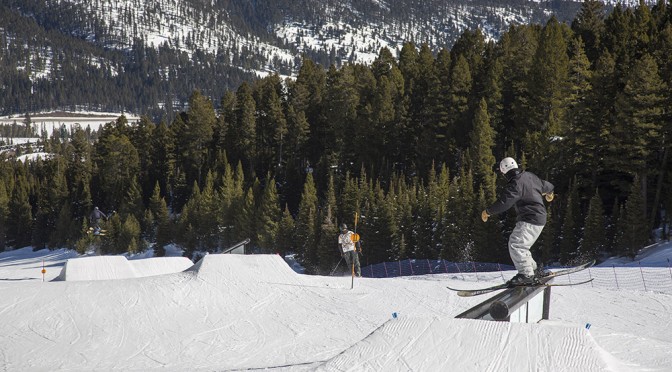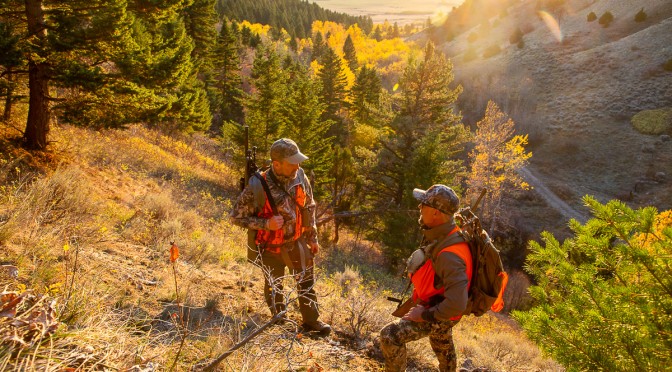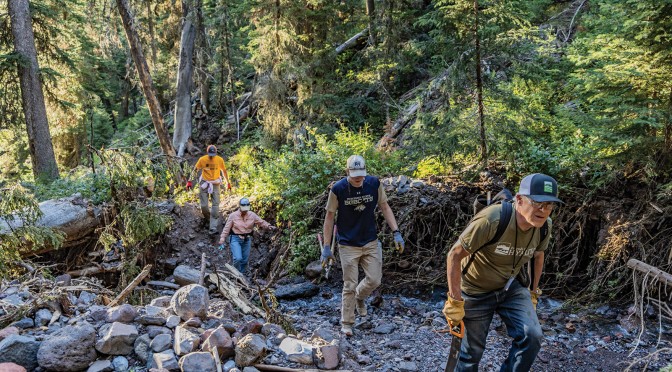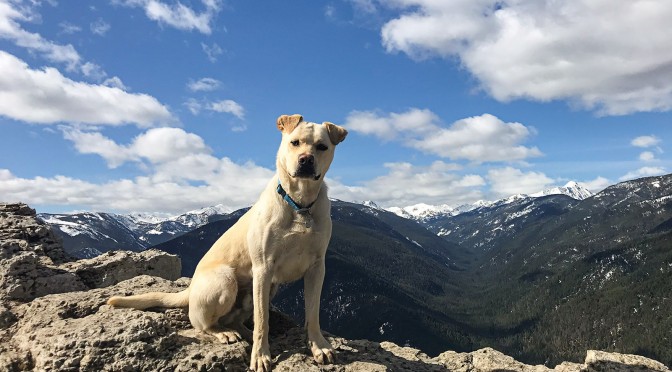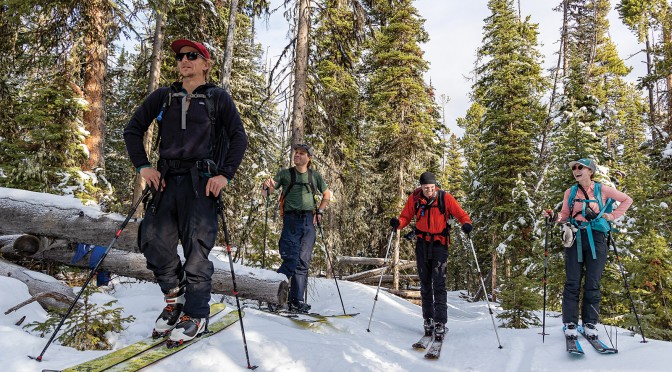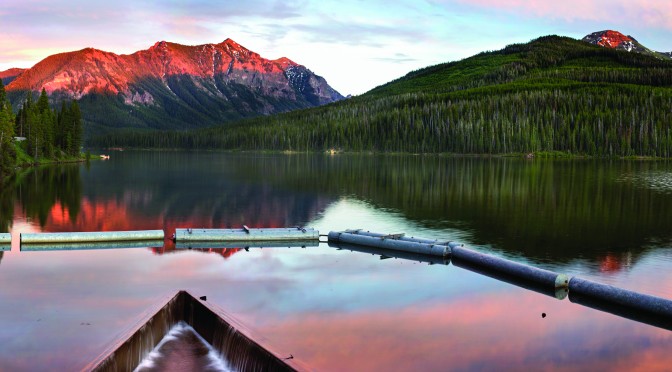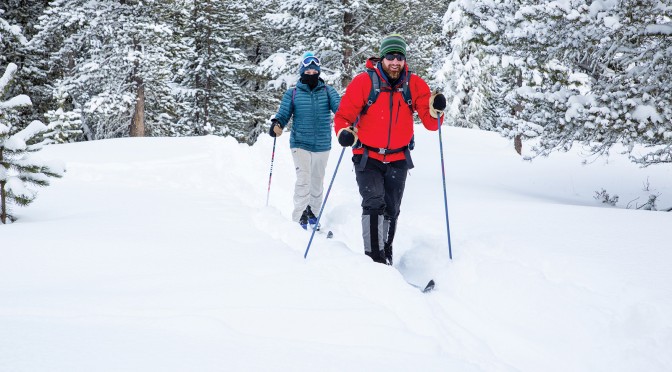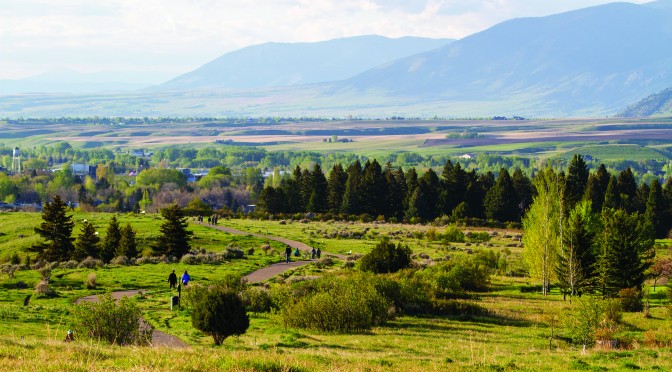By Jamie Rankin
Bozeman brims with not only outdoor-recreation opportunities, but also close-knit communities dedicated to getting outside. If you’re looking to get involved in the outdoors and meet new people along the way, here are some local groups and clubs to scope out.
Running
Big Sky Wind Drinkers: started in the 1970s; they hold races year-round, as well as weekly fun runs in the summer and winter. winddrinker.org
Hunting & Fishing
Backcountry Hunters & Anglers: is dedicated to protecting fish & wildlife habitat, public land, and public access. backcountryhunter.org
MSU Fly Fishing Club: brings folks together to fish, tie flies, and get involved with local conservation events. @bozotroutbums on Instagram
Biking
Gallatin Valley Bicycle Club: holds training events, races, and group rides; and keeps members apprised of other local biking events. gallatinvalleybicycleclub.org
Southwest Montana Bike Association: is a nonprofit dedicated to maintaining trails and organizing group rides for those of all ability levels. southwestmontanamba.org
Paddling
Wave Train Kayak Team: teaches adult paddling courses of various skill levels. wavetrainkayakteam.com
Bozeman Whitewater: is a group that organizes day trips on local rivers. @Bozemanwhitewater on Facebook
Skiing
Bridger Ski Foundation: offers educational and competitive ski programs for all ages. bridgerskifoundation.com
XC Skiers of Bozeman: os a group dedicated to coordinating Nordic ski days. @XCSkiers of Bozeman on Facebook
Climbing
SW Montana Climbers Coalition: is a nonprofit that advocates for climbing access and works to maintain routes. swmontanaclimbers.org
Woman’s-Specific
Lady Runners Bozeman: connects runners of all skill levels in the Bozone. @Lady Runners: Bozeman on Facebook
Bozeman Pedal Project: is a biking Facebook group that coordinates group rides. @Bozeman Pedal Project of Facebook
Mountain Belles: and the MSU chapter of Backcountry Squatters organize trips of all type & activity year-round. Find the both on Facebook. @MountainBelles & @BackcountrySquatters

